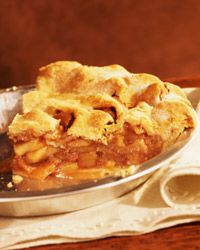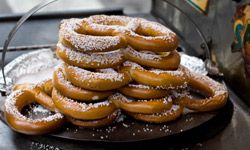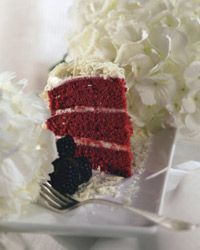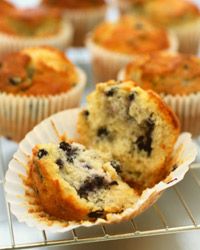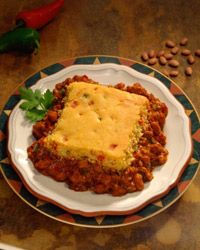America's baking history is both diverse and delicious. Any favorites list (especially if based on editorial curiosity rather than hard data) is sure to spark debate, and we expect this one will be no different. After all, Americans are fiercely protective and passionate about beloved foods and recipes, and most of our fine fare is already rife with cloudy history and convoluted origin.
And the fact that you can put your own twist on most baked goods makes a favorites list even more difficult. Most baking recipes are particularly easy to modify, whether deliberately or by accident -- all it takes is a different shape of pan, a pinch of spice here or an "oops!" there. Countless numbers of these recipe variations are documented, thanks to America's love of cookbooks, so anyone can try his or her own personal take on a classic.
Advertisement
Keep reading to see how America's rich history continues to be shaped by innovation, pop culture and good taste.
